The creation of robots and androids has always fascinated mankind. There are accounts of automatons in ancient mythology such as the artisan/god Hephaestus who created divine machines like the bronze man Talos to defend Crete.
There are accounts of Greek temples housing “god” machines that belched smoke, replicated thunder and even bled. and philosophers like Aristotle mused about robots replacing slaves.
But throughout history, there have been actual attempts to construct such mechanisms. This is where mythology and reality blur.
The Physical proof of such pursuits came in the form of the Antikythera mechanism (150 to 100 BC), recovered from a shipwreck off the coast of Greece in 1900/1901. The device served to calculate the positions of stars and planets.
Other notorious accounts of automatons appear in the 8th and 9th centuries.
Wind powered automatons appeared in the Abbasid Palaces of Baghdad and the Arabic alchemist Jabir ibn Hayyan (writing under the name of Geber) recorded his methods of constructing snake, scorpion and human automatons in The Book of Stones.
In the 9th century, Book of Ingenious Devices written by the Banu Musa Brothers, a programmable flute is described.
Two Caliphs in separate time periods possessed golden trees with singing, flapping metallic birds (Caliph al Mamun in 827 and Abbasid Caliph al-Muktadir in 915).
And miraculously, some antique automatons have survived.
The most famous is a curious robot boy from the 19th century known as The Juvenile Artist created by Henri Maillardet. The boy was found in pieces and restored to working order, inspiring the children’s book Hugo by Brian Selznick.
Malliard Automaton:
Stored in its memory are three poems and four fanciful drawings.
One of the poems reads: A young child whom zeal guides, Of your favors solicits the price, And obtains, don’t be surprised, The gift of pleasing you, a child to these wonders.
One of the most interesting accounts of an automaton appears in a 3rd century Taoist book by Lei Zi who describes the artificer Yan Shi who presented a life size, mechanical courtier to the Chinese King Mu of Zhou (1023-957 BC):
The king stared at the figure in astonishment. It walked with rapid strides, moving its head up and down, so that anyone would have taken it for a live human being. The artificer touched its chin, and it began singing, perfectly in tune. He touched its hand, and it began posturing, keeping perfect time…As the performance was drawing to an end, the robot winked its eye and made advances to the ladies in attendance, whereupon the king became incensed and would have had Yen Shih [Yan Shi] executed on the spot had not the latter, in mortal fear, instantly taken the robot to pieces to let him see what it really was. And, indeed, it turned out to be only a construction of leather, wood, glue and lacquer, variously coloured white, black, red and blue. Examining it closely, the king found all the internal organs complete—liver, gall, heart, lungs, spleen, kidneys, stomach and intestines; and over these again, muscles, bones and limbs with their joints, skin, teeth and hair, all of them artificial…The king tried the effect of taking away the heart, and found that the mouth could no longer speak; he took away the liver and the eyes could no longer see; he took away the kidneys and the legs lost their power of locomotion. The king was delighted.
If that sounds outrageous, check out this small, Spanish automaton of at monk from 1560:
Below is a Japanese automaton of an archer from of the Edo Period (1603-1868):
The “Karakuri” automata:
Modern artisans like Rob Higgs are also creating automatons. According to the artist’s site, Rob Higgs “designs and makes mechanical sculptures, contraptions and eccentric machines, largely using found materials such as; old gears, wheels, chains and mechanical items found on old farmsteads, in boatyards and on scrapheaps. He has exhibited world wide and has permanent exhibits at the Eden Project, Cornwall and the National Science Museum in London, as well as in numerous private collections and International galleries.”












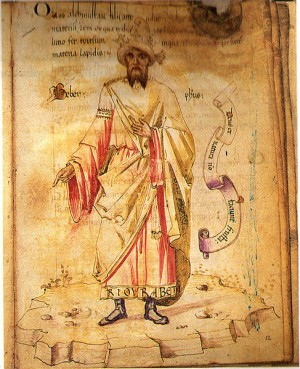
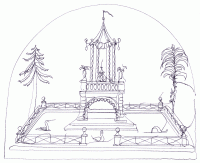
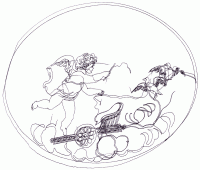

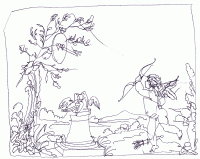

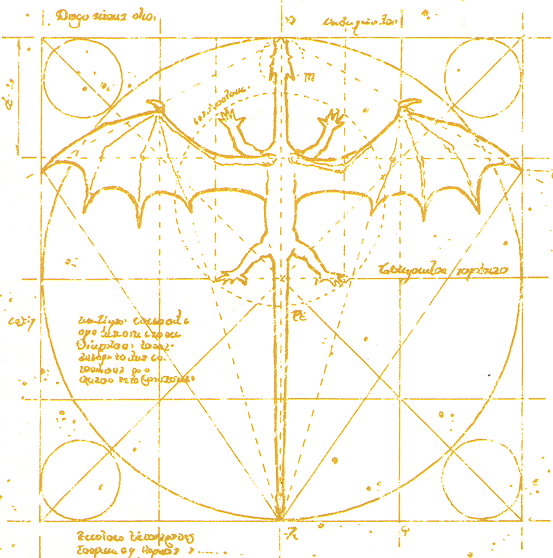
Fascinating stuff! Love your blog!
Thank you, Prince. Nice to meet you here in cyberspace.